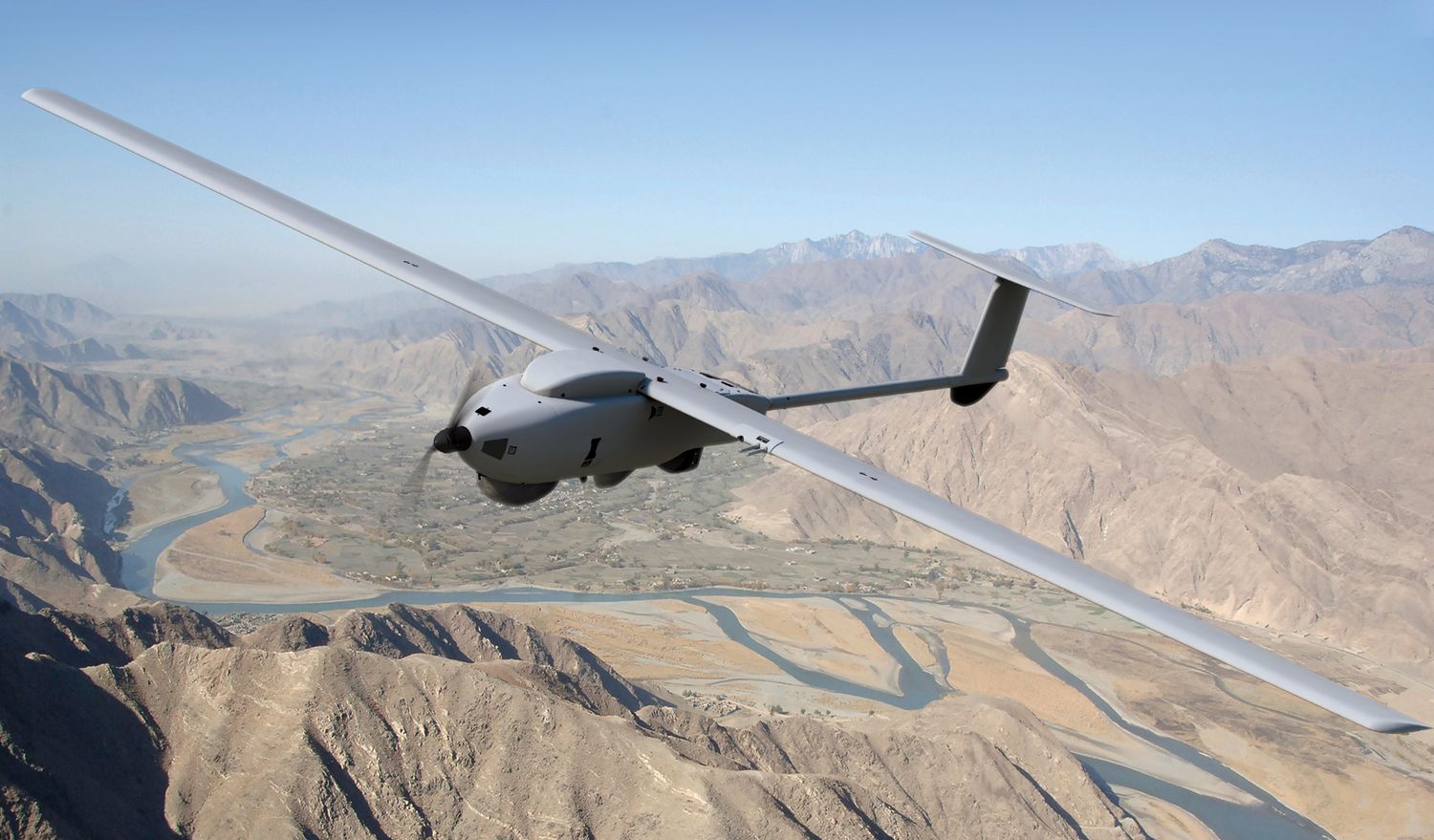Artificial Intelligence: Lockheed Martin and Red Hat to collaborate on Military Drone Systems
Lockheed Martin and Red Hat, Inc. announced their collaboration to advance artificial intelligence (AI) innovation on Lockheed Martin’s unmanned military platforms.
The adoption of newly developed Red Hat Device Edge technology will enable Lockheed Martin’s unmanned systems to operate safely in geographically constrained environments and improves the processing of sensor-derived information.
In a recent demonstration, Lockheed Martin used Red Hat Device Edge on a Stalker UAS to show how AI-enhanced sensing can advance joint operations across domains. The Stalker used onboard sensors and AI to adapt in real time to a threat environment.
As reported by the company, the Stalker was flying an intelligence, surveillance and reconnaissance (ISR) mission to detect a simulated military target. Once the UAS detected the target, project engineers used Red Hat Device Edge to update the Stalker’s software in flight. The new software-now managed on the platform by Red Hat Device Edge-enabled Stalker to deploy updated AI-based computer vision capabilities, also known as automatic target recognition capabilities.
As a result, Stalker was able to more accurately classify the military target, providing more useful ISR data and improving situational awareness of the threat environment for U.S. military decision makers.
Justin Taylor, vice president, Artificial Intelligence, Lockheed Martin:
“With Red Hat Device Edge, Lockheed Martin is leading the infusion of cutting-edge commercial technology into military capabilities that deliver advanced solutions to our customers. Unlocking these AI technologies can help national security decision-makers stay ahead of adversaries, enabling a safer and more secure world.”
Francis Chow, vice president and general manager, In-Vehicle Operating System and Edge, Red Hat:
“Lockheed Martin is at the forefront of global innovation that often defines a technological era. With our latest solution, Red Hat Device Edge, we’ll be able to work together to change what communications and artificial intelligence looks like in the most space-constrained and far-flung environments, whether it’s a remote mountain range or beyond the boundaries of Earth’s atmosphere.”


Para comentar, debés estar registradoPor favor, iniciá sesión